Reading Lolita in Tehran (2024) is a film based on the memoir of an Iranian-American author and Professor Azar Nafisi. The memoir was released in 2003. Eran Riklis, the director of this film is well known for his earlier films, “Lemon Tree,” “The Syrian Bride,” and “Dancing Arabs” among others. He stands opposed to the Israeli establishment’s views/policies/ treatment of Palestinians. Nadav Lapid is another Israeli film director who has similar views regarding Palestinians.
Be that as it may, the screen adaptation of the memoir has four parts. The narrative starts in a linear mode but digresses in the mid-part of the film. As this writer has not read the memoir, he is unable to gauge its actual adaptation. In other words, the intertextuality of this film, hence, also the cinematic liberties taken by the director. Any close observer of the developments in Iran over the last 4-5 decades will be aware of the plight of the people including women who stand opposed to the regime of the Islamic Republic there regarding violations of their rights.
The film highlights not only the many hardships faced by the protagonist Azar Nafisi to expose young students to the study of renowned Western novels in an Iranian university but also some girls who are tormented and traumatized by the authorities. “Reading Lolita in Tehran” has a female gaze. But when it is placed in its geo-political-social context, it has a subtle and latent West Gaze (a sort of an undercurrent?) too. Can it be termed a West Saviour Syndrome?
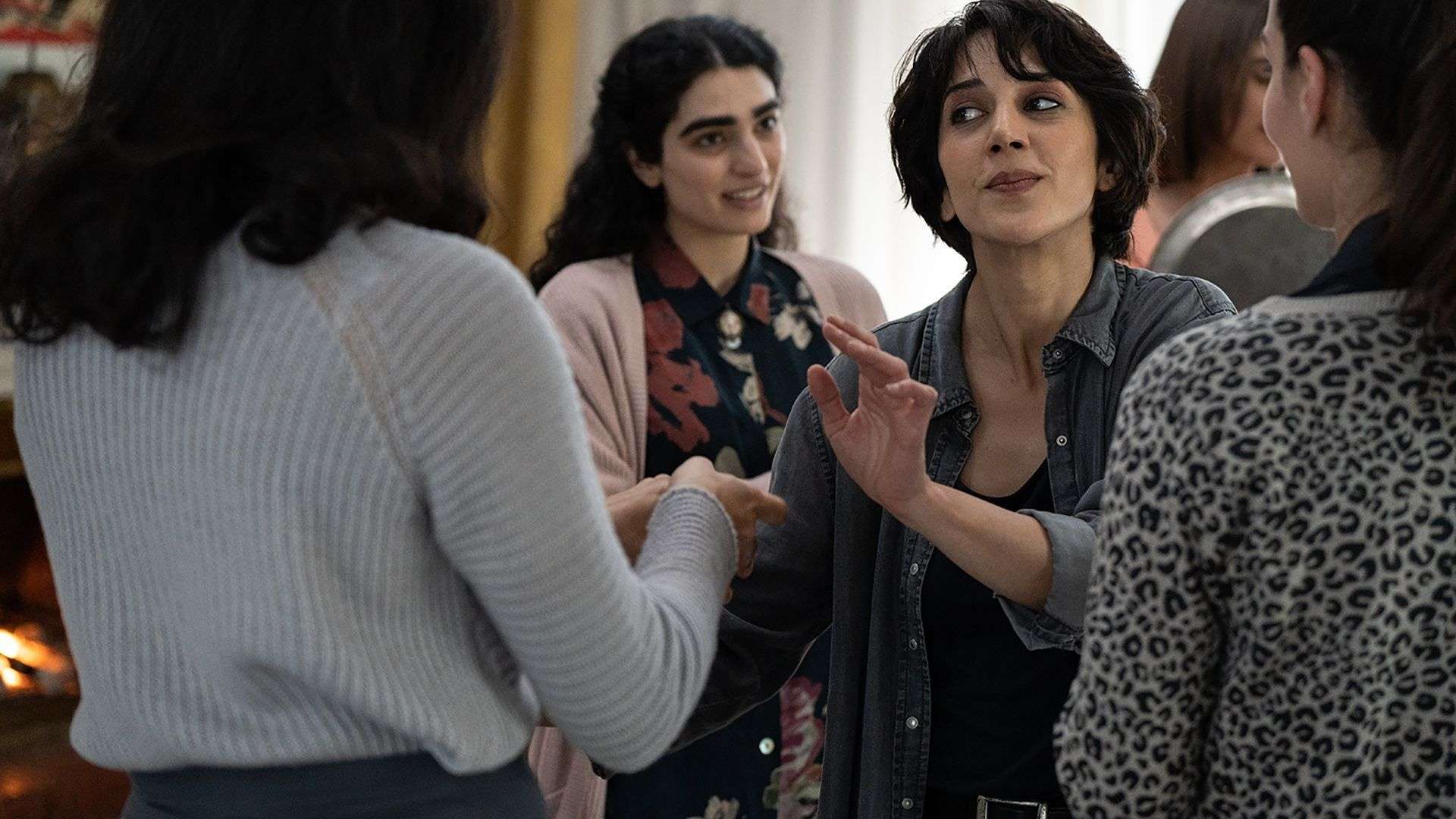
The initial scene has some of the young female students, opposed to the suffocating norms imposed by the Islamic Republic regime, coming face to face with a mob having mainly male students carrying placards of the Supreme Leader of Iran at that time. A clash takes place. Police arrive and some female students are bundled into vehicles. However, it is felt that this development lacks an organic touch.
It should be understood that people of Iran including women have been raising their voices despite many hurdles against the repressive measures of the regime. The brutal killing of Jina Mahsa Amini about three years ago by the moral police resulted in widespread protests throughout Iran for a long time. The Iran Football Team on the eve of the FIFA World Cup took a stand to line up for the national anthem wearing black jackets to protest against her killing in an international friendly match against Senegal. It is felt that the film has Nelson’s eye view regarding these aspects.
It may not be out of place to make a comparison with some of the films directed by Iranian directors like Jafar Panahi, Mohammed Rasoulof, and some others, who have given films having an organic and nuanced portrayal of the defiance of Iranian people against the regime’s extreme administrative policies and measures. Further, one of the film’s producers (there are many) is Moshe Edery, who is tied to M/s United King, a production and distribution company in Israel. It is alleged that this company controls a disproportionate share of the film industry there along with The Rabinovich Foundation. It is said that he is a good friend of Benjamin Netanyahu, the Prime Minister of Israel, and the Right Wing parties there.
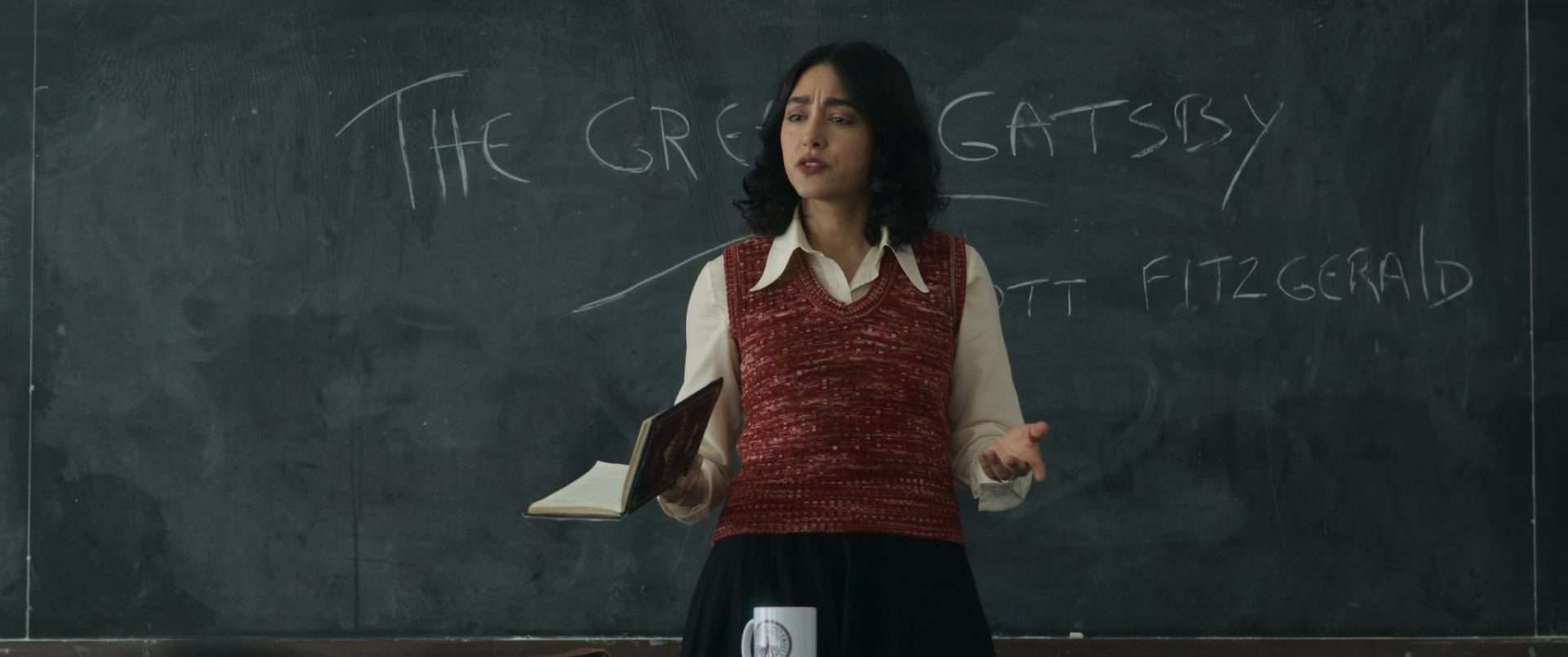
Our world is a silent spectator to the genocide that is being perpetrated in Gaza by the Zionist force- Israel aided and abetted by America and other Western powers. In this context, the timing of the release of this film may raise some questions as Iran is one of the countries in the region of West Asia, which is at the forefront in opposing the geopolitics and hegemonic approaches of America/some Western powers. Owing to these factors, a question may arise as to whether insidious attempts are at play to portray Islamophobia.
Interestingly, the film has some female characters (young friends/students of Azar Nafisi) questioning the Western gaze of Azar Nafisi. An older male academic friend of hers also raises the same question in the end. The husband of Nafisi, in a dialogue, lays emphasis that Iran is their country and they have to live there. By resorting to this portrayal, an attempt might have been made to counter-balance the Western gaze. Such an approach can be seen in the realm of literature too.
Despite the above assertions, this is a well-made film. The performance by Golshifteh Farahani among others is noteworthy. It has to be watched by discerning cinephiles among others to enable them to critically examine it from various angles as stated above, including the feminist one.



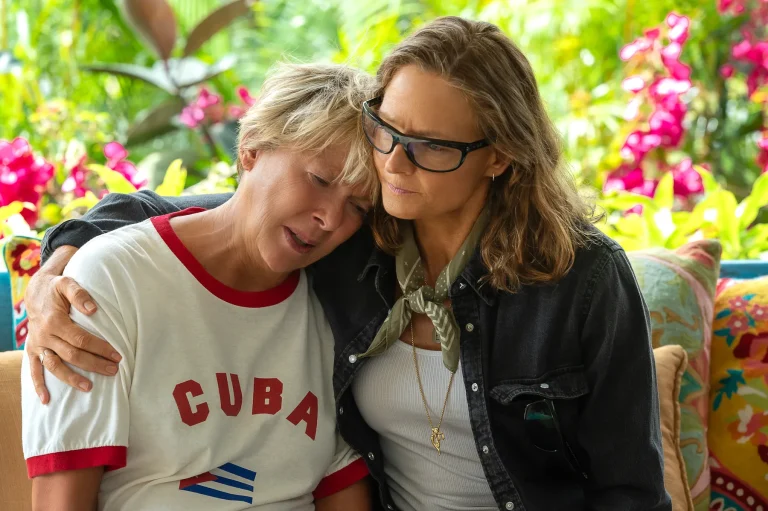
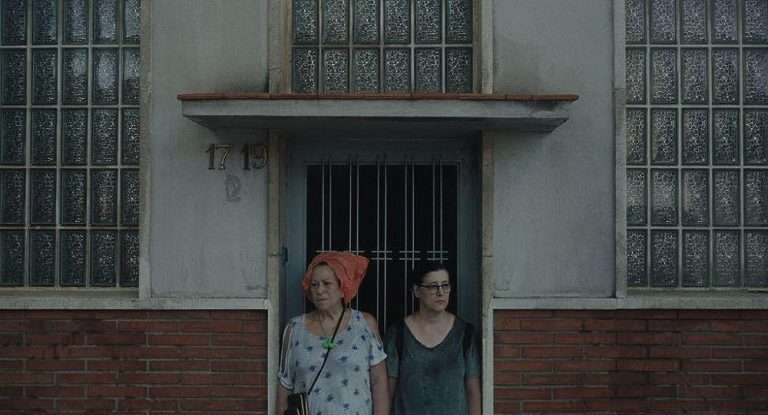
![Minnal Murali [2021] Netflix review: Basil Joseph’s home-grown, ambitious superhero tale lands like a lightning](https://79468c92.delivery.rocketcdn.me/wp-content/uploads/2021/12/Minnal-Murali-Review-1-768x432.jpeg)

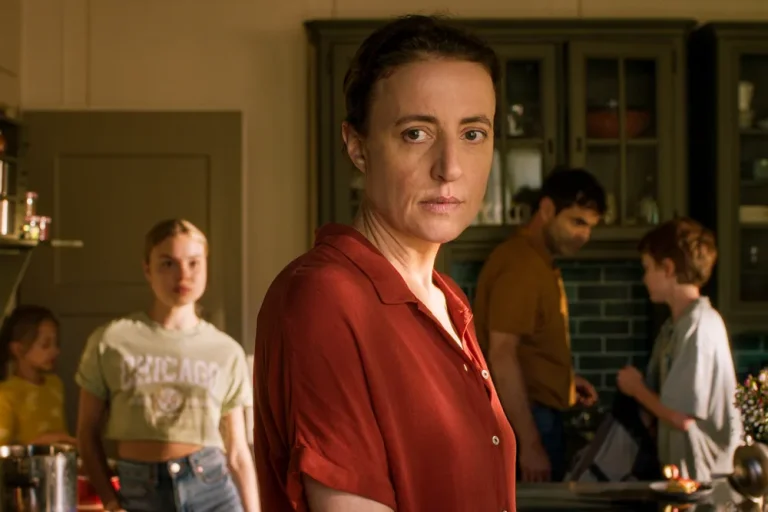
![Sanju Review [2018]: Stellar Performances Elevate Light Biopic](https://79468c92.delivery.rocketcdn.me/wp-content/uploads/2018/07/SANJU_HOF_1-768x327.png)